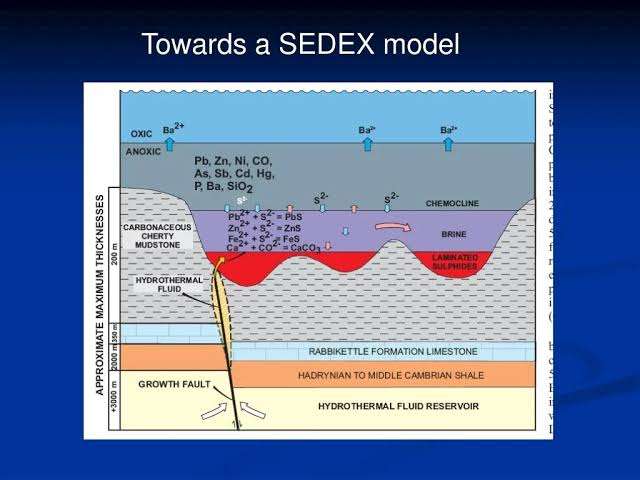Carbonate Replacement Deposits (CRDs): Unraveling Earth’s Subterranean Wealth
Carbonate Replacement Deposits (CRDs) represent a fascinating chapter in the geological story, revealing the hidden treasures of valuable metals beneath the Earth’s surface. These deposits, shaped by complex geological processes, are crucial contributors to the global mineral industry. In this exploration, we delve into the nature, formation, and significance of CRDs.

Nature and Formation:
CRDs are geological formations characterized by the replacement of carbonate rocks, typically limestone or dolostone, with ore minerals. The genesis of CRDs involves the interplay of various factors such as tectonic activity, hydrothermal fluid circulation, and mineralization. The intricate dance between these forces creates an environment where hydrothermal fluids infiltrate the carbonate host rocks, leading to the replacement of original minerals and the subsequent concentration of economically valuable metals.
Ore Minerals and Mineralization:
What makes CRDs particularly valuable is the array of ore minerals they host. Lead, zinc, copper, and silver take center stage in these deposits. Common sulfide minerals such as sphalerite (zinc), galena (lead), and chalcopyrite (copper) are prevalent, alongside fluorite and barite as associated gangue minerals. The mineralization process transforms these geological formations into reservoirs of essential metals.
Geochemical Signature:
Understanding the geochemical signature is key to identifying and exploring CRDs. Elevated concentrations of lead, zinc, and copper serve as indicators, guiding geologists in pinpointing potential deposit sites. Geochemical analyses of the surrounding rock formations unveil anomalies that signal the presence of these underground treasures.
Types of CRDs:
- Sedex-Type CRDs: Originating from submarine volcanic activity, sedex-type deposits are often found in marine sedimentary basins.
- Manto-Type CRDs: Characterized by blanket-like formations within carbonate rocks, manto-type deposits are associated with high-temperature hydrothermal systems.
- Skarn-Type CRDs: Positioned at the contact zone between carbonate rocks and intruding igneous rocks, skarn-type deposits form through the interaction of hydrothermal fluids with the host rocks.
Economic Significance:
CRDs hold immense economic importance due to their rich metal content. Lead, zinc, copper, and silver extracted from these deposits find applications in a multitude of industries, including construction, manufacturing, and electronics. The economic viability of CRDs has made them focal points for mining operations globally.
Notable Examples:
- Bingham Canyon Mine (USA): A colossal copper mine showcasing a skarn-type CRD associated with porphyry copper mineralization.
- Broken Hill Deposit (Australia): A historic site renowned for lead, zinc, and silver production, exemplifying the sedex-type CRD.
- Trepča Mines (Kosovo): Comprising manto-type CRDs associated with lead, zinc, and silver, these mines are iconic contributors to the mineral wealth of the region.
Conclusion:
Carbonate Replacement Deposits stand as geological wonders, narrating tales of intricate processes that shape the Earth’s crust. Their formation, ore mineral richness, and economic significance make them essential subjects for exploration and mining. As we continue to unlock the secrets of Earth’s subterranean realms, CRDs remain integral to meeting global demands for vital metals, contributing to the ever-evolving story of our planet’s geological heritage.
